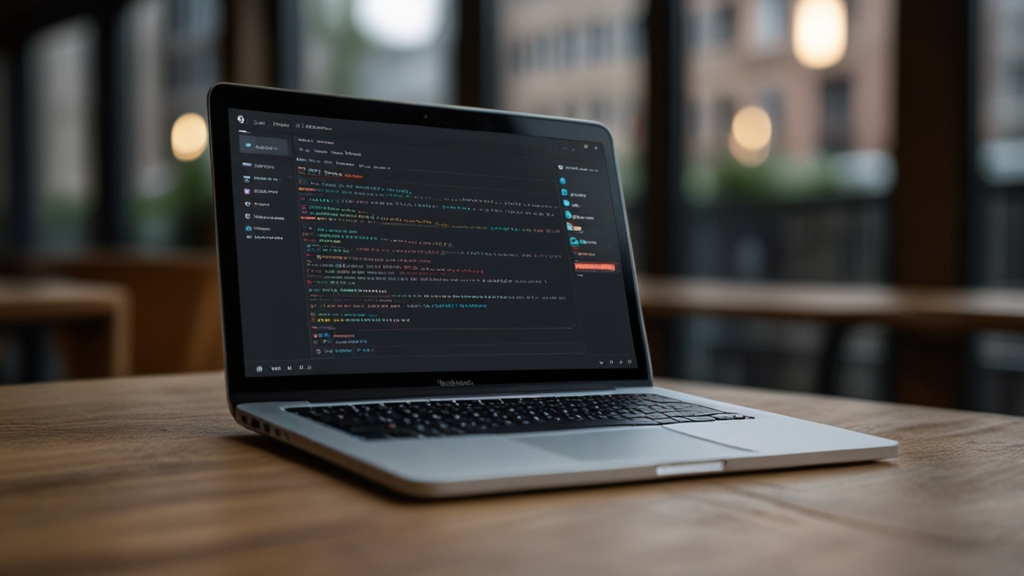7 Essential Back-End Development Practices You Need to Adopt
Back-end development is the backbone of web applications, responsible for the server, database, and application logic. It ensures seamless data exchange, user authentication, and performance optimization. Adopting best practices in back-end development is crucial for building robust, scalable, and maintainable applications. Here are seven essential back-end development practices you need to adopt.
1. Use a Structured Framework
Frameworks provide a structured and organized way to develop applications. They include pre-written code, components, and libraries that help streamline development. Popular back-end frameworks like Express.js, Django, and Ruby on Rails offer built-in tools for routing, middleware, database interactions, and more. By using a structured framework, you can improve code maintainability, enforce best practices, and accelerate development.
2. Implement Robust Authentication and Authorization
Ensuring secure access to your application requires robust authentication and authorization mechanisms. Authentication verifies user identity, while authorization determines their access level. Use standards like OAuth, JWT (JSON Web Tokens), and SAML to secure user authentication. Implement role-based access control (RBAC) to manage permissions efficiently.
"Authentication and authorization are the cornerstones of application security. Without proper implementation, you risk exposing sensitive data and functionality to unauthorized users." - John Doe, Security Expert
3. Optimize for Performance
Performance optimization is critical for delivering a fast and responsive user experience. Adopt caching strategies, such as memory caching with Redis or Memcached, to reduce database load and speed up data retrieval. Optimize database queries by indexing frequently accessed columns and using efficient SQL statements. Furthermore, consider using asynchronous processing to handle time-consuming tasks without blocking the main application flow.
4. Ensure Scalability
Scalability allows your application to handle increased traffic and data volume. Design your architecture with scalability in mind by using load balancers, horizontal scaling, and microservices. Load balancers distribute incoming requests across multiple servers, preventing overload on a single server. Horizontal scaling involves adding more servers to handle the load, while microservices break down the application into smaller, independent services that can be scaled individually.
"Scalability is about being prepared for growth. By designing your application to scale from the beginning, you can avoid performance bottlenecks and downtime during peak traffic periods." - Jane Smith, Senior Developer
5. Maintain a Clean Codebase
A clean codebase is essential for readability, maintainability, and collaboration. Follow coding standards and conventions specific to your chosen programming language and framework. Use meaningful variable names, modularize your code, and avoid code duplication. Implement version control systems like Git to manage code changes and collaborate with team members effectively. Conduct regular code reviews to ensure quality and adherence to best practices.
6. Implement Comprehensive Testing
Testing is crucial for identifying and fixing bugs before they reach production. Implement unit tests to test individual components, integration tests to verify interactions between components, and end-to-end tests to simulate real-world user scenarios. Use testing frameworks like Mocha, Jest, or PyTest to automate the testing process. Continuous integration tools like Jenkins or GitHub Actions can help automate testing as part of the development workflow.
7. Monitor and Log Application Activity
Monitoring and logging provide insights into your application's performance, errors, and user behavior. Implement monitoring tools like Prometheus or New Relic to track application health and performance metrics. Use logging libraries like Winston or Log4j to log application activity and errors. Collect and analyze logs to identify issues, debug problems, and ensure smooth operation.
"Monitoring and logging are essential for proactive application management. They help you detect and resolve issues before they impact users, ensuring a reliable and high-performing application." - Alex Johnson, DevOps Engineer
By adopting these essential back-end development practices, you can build secure, scalable, and efficient applications that provide an excellent user experience. A structured framework, robust security, performance optimization, scalability, clean codebase, comprehensive testing, and effective monitoring and logging are key to successful back-end development.
Investing time and effort into these practices will pay off in the long run, resulting in high-quality applications that meet user needs and stand the test of time.











